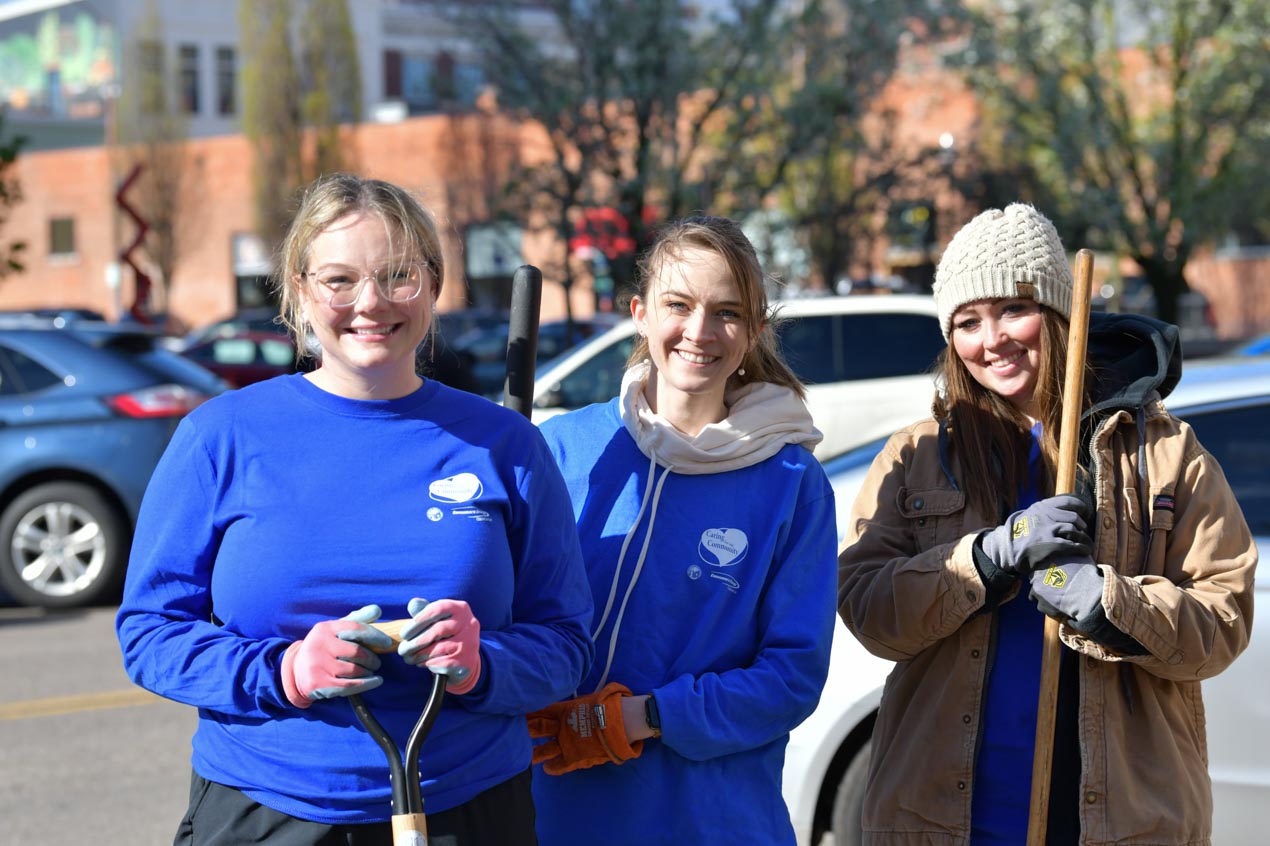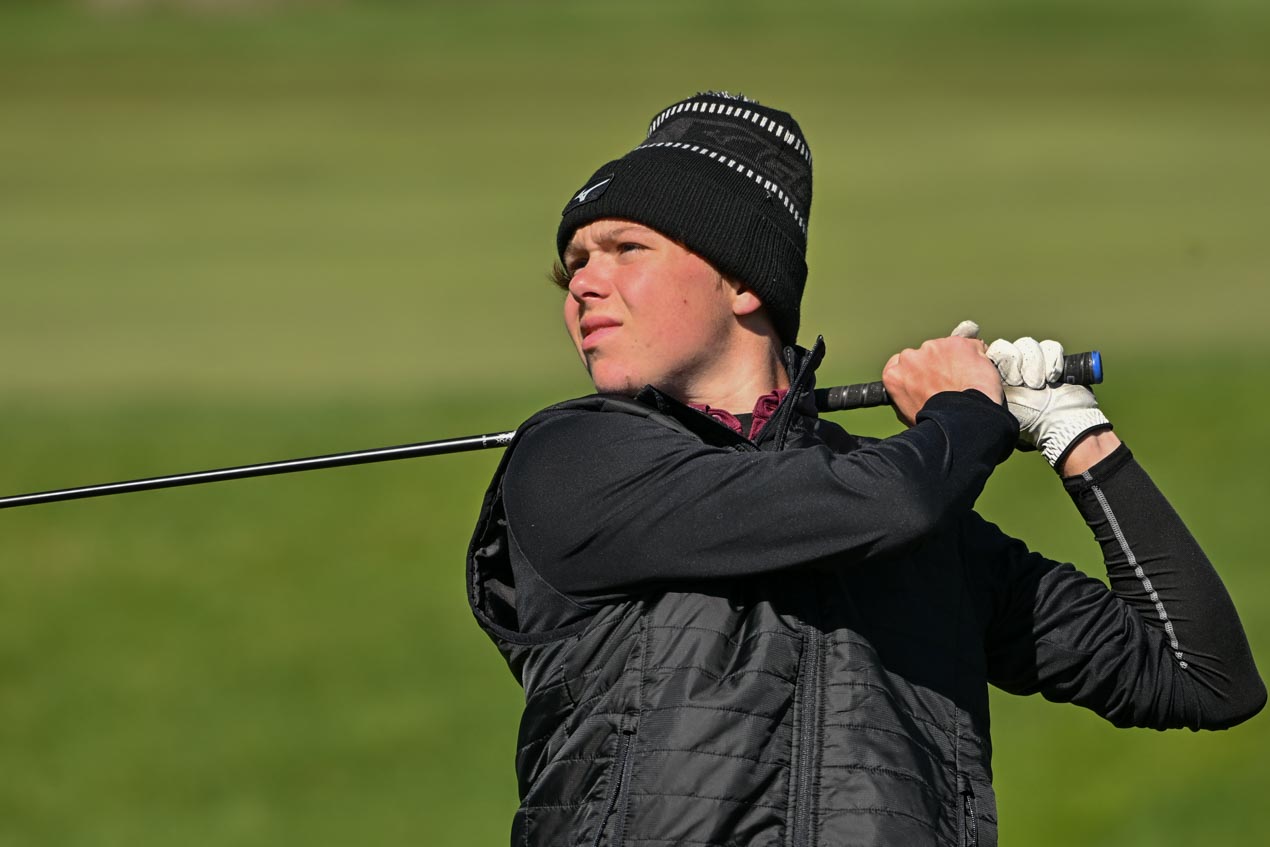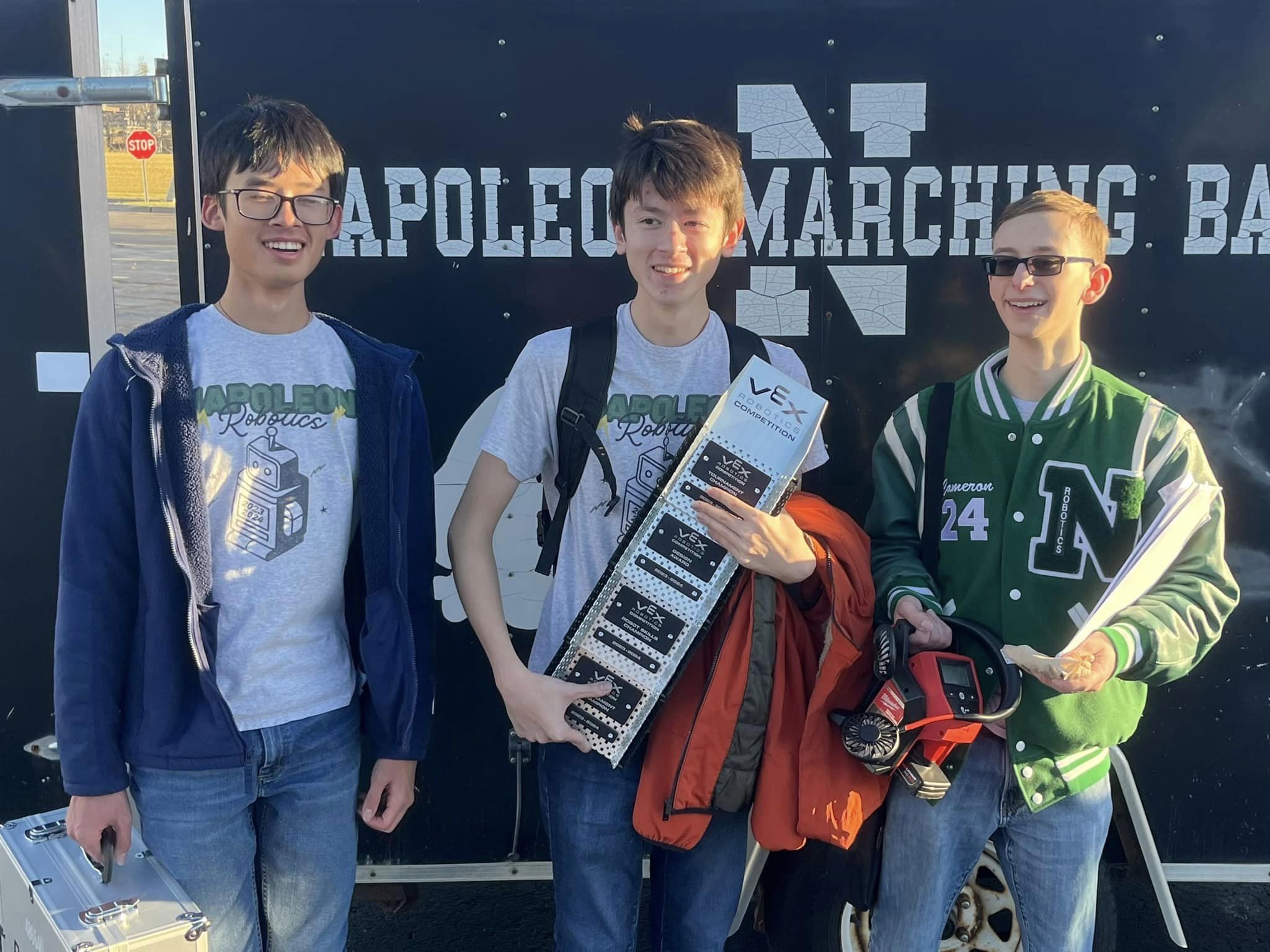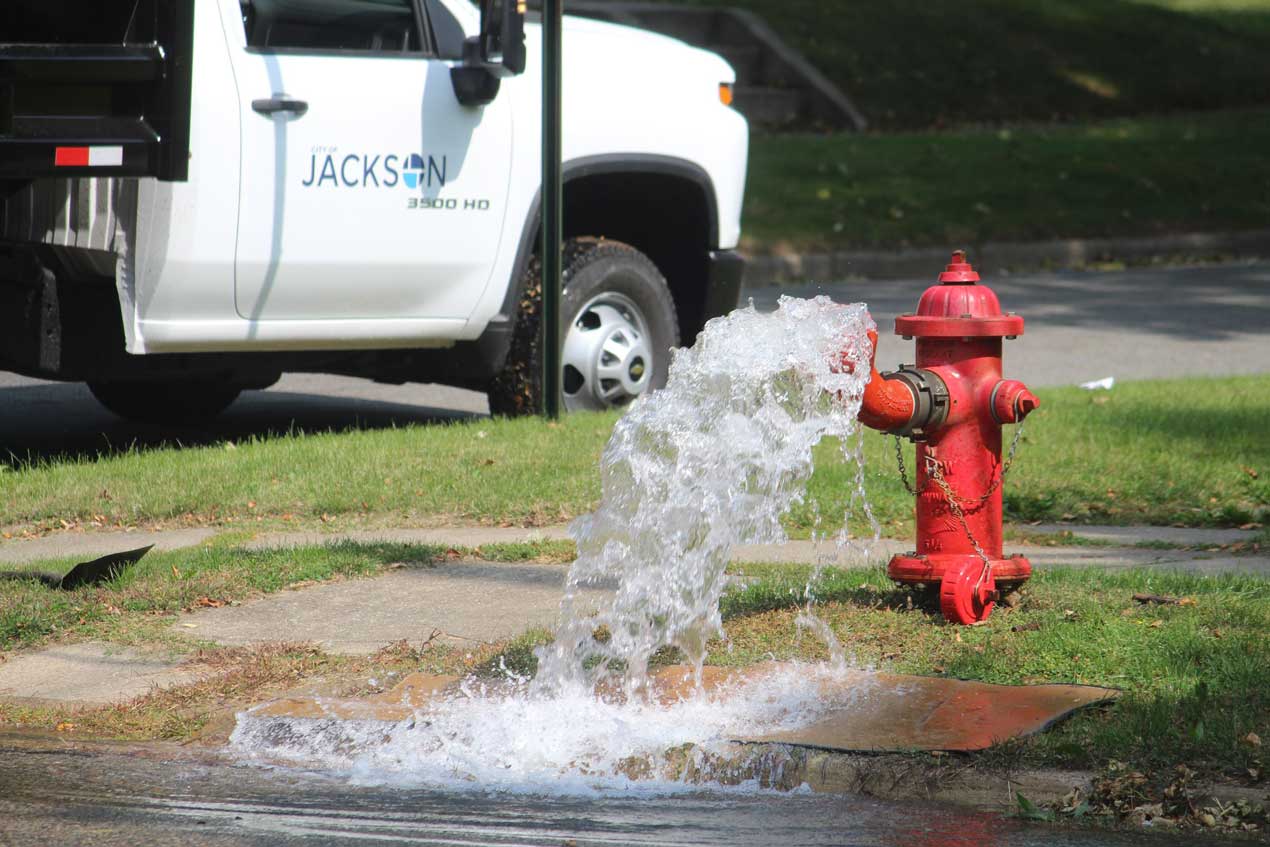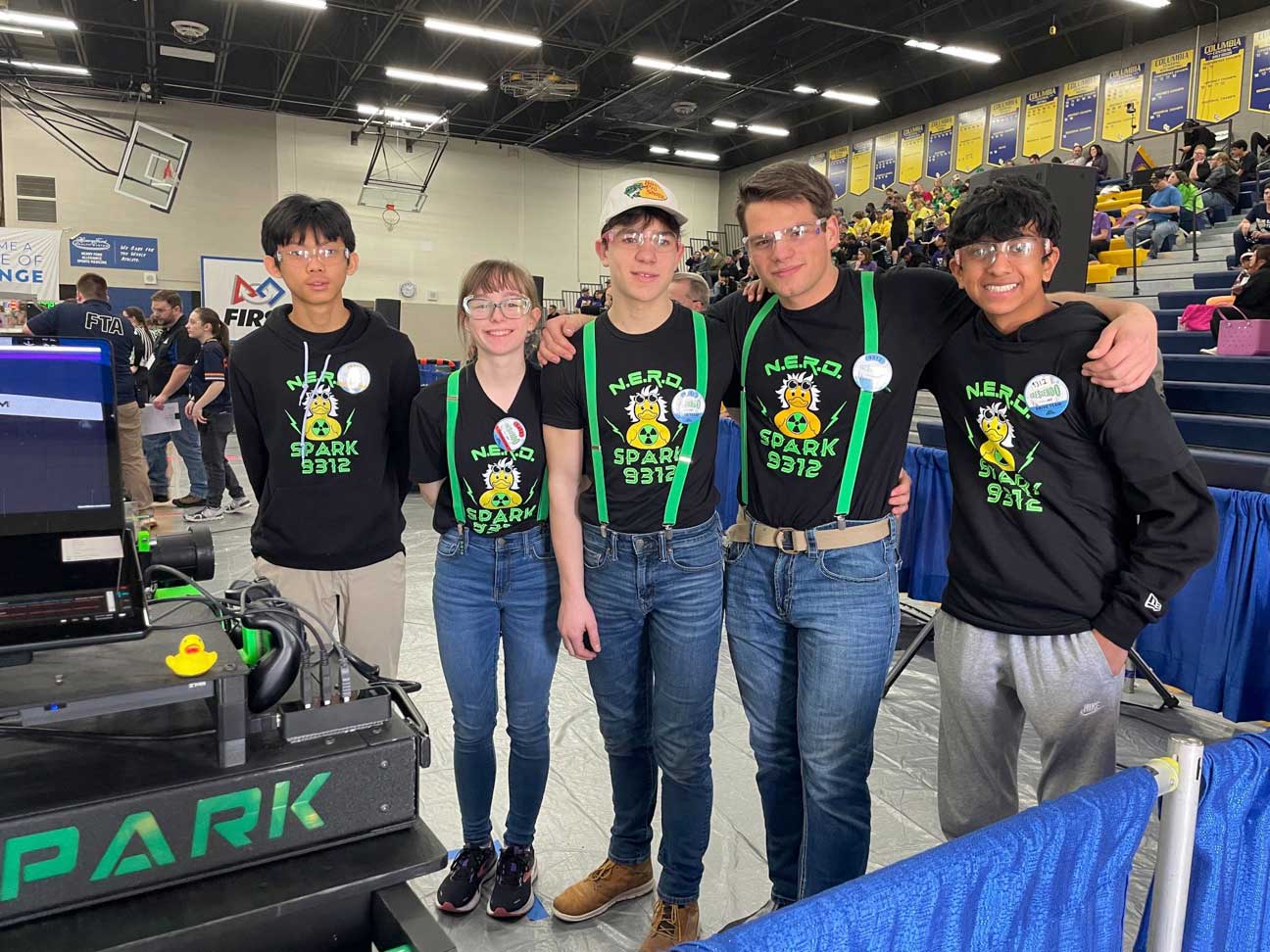
Photo of Dr. Kaatz recovering from COVID-19 courtesy Henry Ford Health System
(April 28, 2020 5:33 PM) Henry Ford Health System’s first patient to receive an infusion of convalescent plasma was Dr. Scott Kaatz, a Henry Ford Hospital doctor who took care of some of the first COVID-19 patients during the early days of the coronavirus’ discovery in metro Detroit.
Senior Staff Hospitalist Dr. Kaatz, 62, Medical Director for Professional Development and Research in the Division of Hospital Medicine and who has no underlying medical conditions, said he “came as close to death as you can be,” while being treated by his colleagues at Henry Ford Hospital in Detroit.
“Six days ago, I was on the ventilator; now, I’m home taking care of myself,” Dr. Kaatz said by phone from his home in metro Detroit on Sunday, April 26. “I got really, really lucky, and I’m fortunate to be cared for by an incredibly skilled team.”
In fact, Dr. Kaatz received five different experimental medical therapies during his treatment:
- Convalescent plasma
- Hydroxychloroquine
- Remdesivir
- Steroids
- Interleukin 6
“Did some, all or none of them work? We don’t know,” said Dr. Kaatz. “I’m hopeful that as the science progresses, we may know. Knowing that at Henry Ford there are all of the options available was certainly peace of mind for my family.”
Beginning with his residency in 1984, Dr. Kaatz has worked at Henry Ford Health System for a total of 31 years, currently as a hospitalist at Henry Ford Hospital in Detroit. His jobs entails caring for patients on a general medical floor. And while there is no telling where he contracted COVID-19, he was in contact with some of the first positive COVID-19 patients.
That led to a family discussion about his wife, Meg, a long-time nurse with medical conditions that put her at risk with the virus. The family, concerned that she could be exposed if Dr. Kaatz became ill, had been discussing her temporarily moving from metro Detroit to Texas to stay with their adult son during the pandemic.
“Within a couple of days of me seeing my first patient, Meg left home on March 15,” Dr. Kaatz said. “So that was easy; we protected her.”
On Sunday, March 29, Dr. Kaatz awoke with signs of illness: a slight fever and headache. Worried it could be COVID-19, he called his division head and said he wasn’t coming in to work at the hospital.
“It wasn’t I was so sick I wasn’t able to work,” he said. “It was I couldn’t come in and be contagious.”
Within the next six days, his symptoms deteriorated. His fever never climbed high. But “crushing” body aches and “significant headache” accompanied the tell-tale dry cough. He made two trips to the Henry Ford Hospital emergency room in six days. But since chest x-rays and his oxygenation looked ok, he was sent home both times.
That changed April 4, when he was admitted with shortness of breath and worsening fatigue. April 5 began a devastating spiral in the ICU – leading to intubation and the ventilator on April 12. His hospital colleagues didn’t know if Dr. Kaatz was going to pull through. Neither his wife, the nurse now in Texas with their son, nor his daughter still in metro Detroit, were able to visit.
“The nurses held up my phone to do FaceTime, just before they put me on the ventilator,” Dr. Kaatz said about the virtual visit with his family on Easter Sunday. “I knew the statistics; my wife had worked in a step-down unit, so she did too. So we had the opportunity do a potential goodbye.”
His colleagues, as they were doing with all patients, used the knowledge they had at the time to do what they could. Unable to lie prone while awake, Dr. Kaatz was flipped on his stomach for three days while sedated and on the ventilator. They ran through the list of experimental treatments, desperate as his oxygen levels and conditioned worsened.
Then things started to improve. Just under a week later, Dr. Kaatz woke up on Saturday, April 18. On Monday, April 20, he was extubated and taken off the ventilator.
When he awoke, with tubes still preventing him from talking and his phone stowed away, the Henry Ford nurses helped him FaceTime with his family.
“They would take their personal phone, put it in a bag, call my wife and we would connect with their personal phones,” he said. “That’s how dedicated the Henry Ford team is. And we literally played charades to communicate.”
The topic of their first conversation after he awoke: his facial hair.
“I’ve never had a beard, and I get a scruff beard,” he said, laughing about the jokes after going through that period of extreme stress. “And she looked at me and said, ‘Dang I should have pulled the plug.’”
Now, Dr. Kaatz’s concern has turned to his father, Dick Kaatz, a funeral director from Michigan’s thumb region now intubated and fighting for his life at Henry Ford Hospital. As they do with all patients, doctors there are using their knowledge in a battle with the virus. He has not received convalescent plasma, which continues to be scarce and reserved for only the sickest patients.
And while it was one of many treatments used on him so he doesn’t know if it worked, Dr. Kaatz says he hopes to donate plasma so the option can be used for others. Henry Ford has been working with donors who are Henry Ford Health System employees who tested positive for COVID-19, recovered and show no signs of disease. Donors who qualify either have a negative COVID-19 test at least 15 days after their positive test or have been symptom-free for at least 28 days after testing positive.
Donors must meet regular volunteer blood donor criteria and have a donor form signed by a doctor. The plasma collection takes place at a blood center collection site and takes about one hour. Donation can be repeated at weekly intervals, and one donation can provide between one and four doses of plasma. Those who may qualify and would like to be evaluated for donation can email iPlaza@hfhs.org for more information.
The plasma donations are kept at a central blood center and are available to any hospital in Michigan with FDA- and IRB-approved plasma programs that are working with that blood center.
“I will be donating in a couple of weeks; I’m already plugged in,” said Dr. Kaatz. “If you’ve had this disease, there are opportunities to help others who are desperately sick. We’ll track this and get some clues.”




